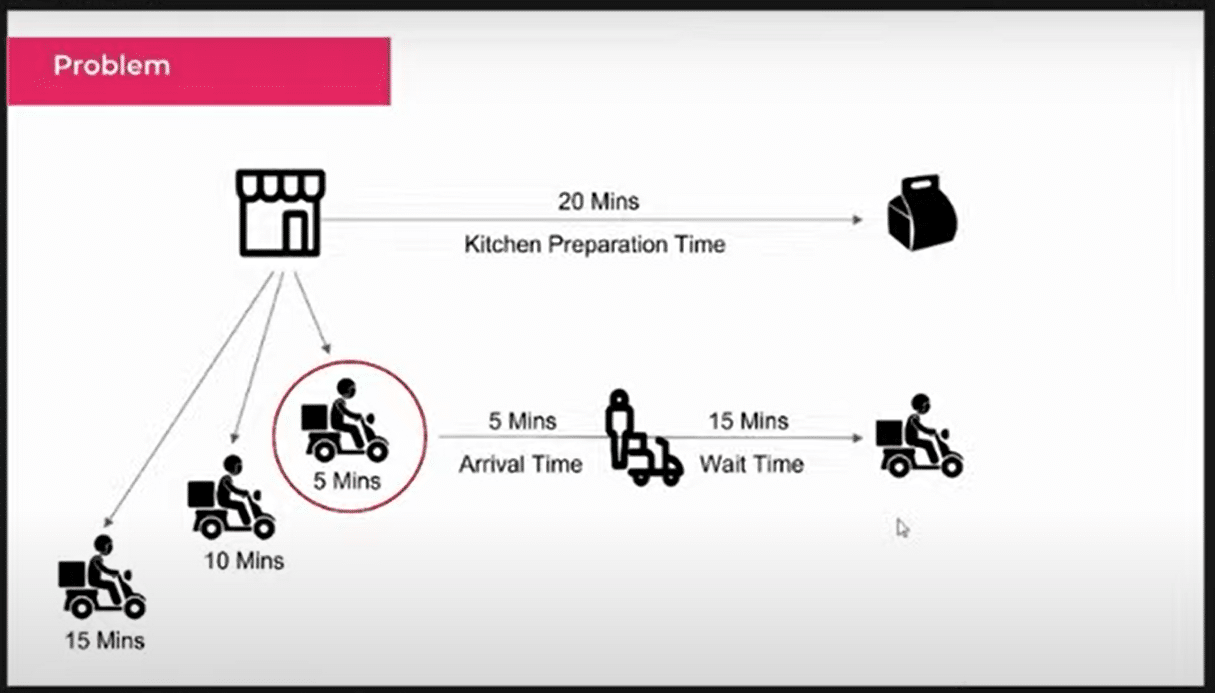Information technology is rapidly changing business mechanisms and the societies positively. By adopting location technology with predictive analytics, it provides a common platform for people, events, transactions, facilities and assets along with geographic data.
Location provides accurate and timely access to reliable information, improves business efficiency and supports business processes as well as decision making. And for these reasons locations has played a crucial role in various sectors. In case of e-commerce the business relies heavily on last-mile delivery, which was discussed at length during the first session of “Location Analytics & Business Intelligence” on the last day of Geospatial World Forum (GWF) 2022.
Online sales are expected to be grow, by 2025 it’s estimated that the world retail sales will reach and will exceed actually USD7.3 billion and the overall e-commerce share will reach at 4.7%.
Key trends shaping the e-commerce logistics market:
1. Customer convenience is driving e-commerce growth and influencing consumers’ decision.
2. Omni channel shopping
3. Retail Stores become a strategic key asset
4. Real-time visibility
5. New delivery options (same day delivery)

Anthi Boukouvala, Key Account Manager, NOBACCO, Greece says, “The aim was to provide a service with added value to the customers to boost brand loyalty and increase retention in on-line orders. Furthermore, it would also help to strengthen company’s brand and gain edge over competition.”
The main challenges:
1. Create a comprehensive business model accompanied with appropriate software suite to run last mile delivery.
2.Find delivery companies supporting the new endeavour.
3. Ensure company readiness

Hardik Batra, Commercial Director, FoodPanda, Philippines, says, “In a hyper local business like food delivery, optimizing rider logistics is of paramount importance.” For the past two years, there has been a steep demand for 10 minute delivery, 20 minute delivery and that’s how the expectations are emerging. The problem with such business model is one does not have enough time to aggregate the orders, to optimize the last-mile logistics, because everything needs to happen real time.
Optimization is possible, when timeline is a little stretched, which makes food delivery challenging. Batra adds, “Because each cent that you save in such a constrained environment in food delivery has a massive impact on your P&L.”
“The nearest possible assignment is a little flawed logic in hyperlocal delivery,” he adds.
Profitability would always be a little tough to contain in food delivery start-ups, if one does not optimize their last mile logistics. Batra says, “As a result, we constantly monitor all the four metrics:
1. How much time it takes to reach the vendor or the restaurant
2. How much time or rider has to spend at the restaurant
3. How much time it takes to go to the customer
4. How much time he has to wait at the customer’s door
Phoebe Parry Crooke, Partnerships Manager, What3words, United Kingdom, says, “Using a system that pinpoints exact entrances rather than using street addresses, delivery companies could expect to see savings of 20-30% in time spent or distance travelled in the last mile.”
Precision location is the demand of the future world. Location adds new dimension to the conventional data. This enhances conventional business data intelligent. Advancement of the technology in the domain of Space/Satellites, GPS, computer networking, information and communication technology have opened opportunities for the new businesses as well as for the existing business enhancements.
Saurabh Rai, Global Head Analytics – Tech Mahindra Business Process Services explains about supply chain management and precise positioning, through a detailed presentation. Rai says, “The precision location of an event, product or geographical object aids data analytics and adds a new dimension to assist businesses. It improves productivity and support better daily lives of people.”
© Geospatial Media and Communications. All Rights Reserved.